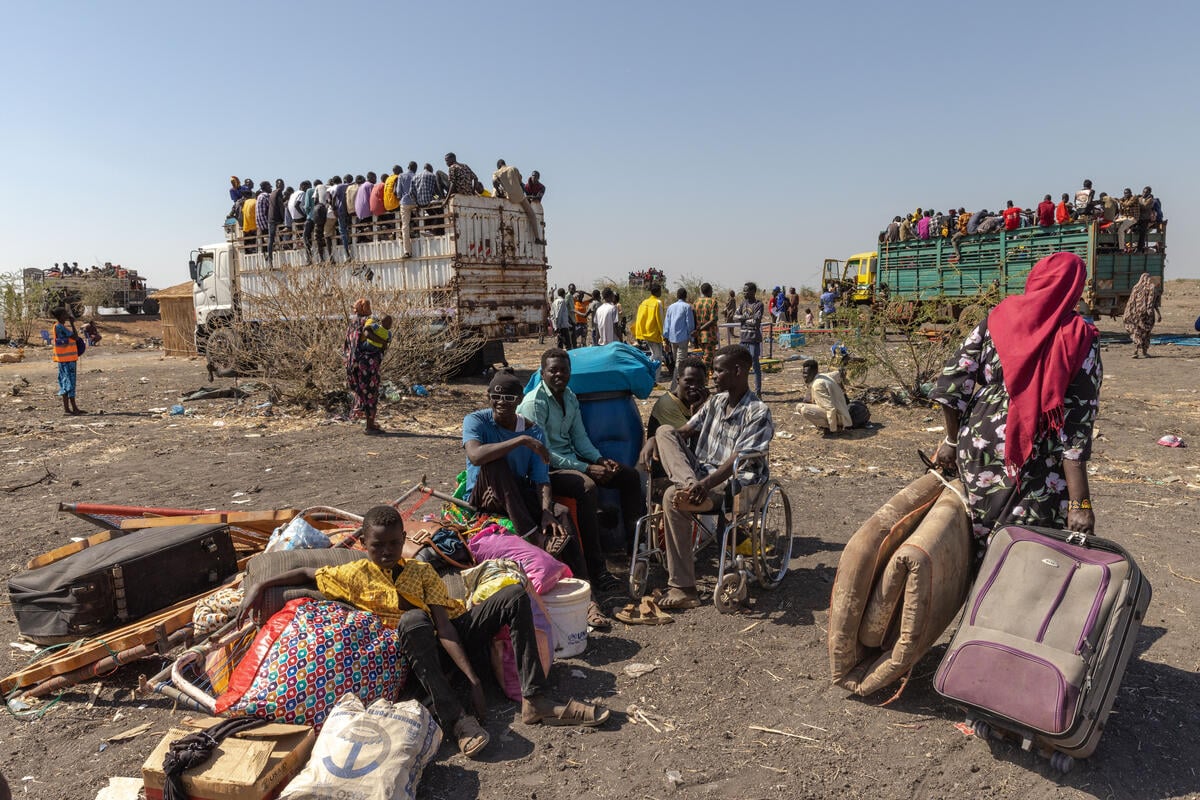New fighting in Mogadishu displaces more than 200,000
New fighting in Mogadishu displaces more than 200,000
The escalating conflict in Mogadishu is having a devastating impact on the city's population causing enormous suffering and massive displacement. By yesterday, the eight-week-long offensive led by the Al-Shabab and Hisb-ul-Islam militia against government forces had driven a staggering 204,000 residents from their homes, making it the biggest exodus from the troubled Somali capital since the Ethiopian intervention in 2007.
According to our local partners, fighting in the past week alone has killed some 105 people and injured 382.
Neighbourhoods affected by the fighting include Kaaran, Shibis, Shangaani and Boondheere in North Mogadishu. These areas have hitherto been islands of peace, escaping much of the conflict and destruction. Many residents are fleeing their homes for the first time since the start of the Somali civil war in 1991.
While many of the displaced were fleeing to the Afgooye corridor, some 30 km west of Mogadishu, which already hosts over 400,000 victims of previous conflicts, the majority are now heading further afield to the Lower and Middle Shabelle, Galgaduud, Bay and Lower Juba regions. Estimates place the number of internally displaced in Somalia at more than 1.2 million.
Despite the fact that the Kenyan border is officially closed and Kenyan authorities are not allowing asylum-seekers to cross into Kenya, the number of people arriving in the UNHCR-run Dadaab refugee complex situated in near the Somali border in northern Kenya continues to rise.
Since May, more than 11,000 Somali refugees have been registered at the refugee camp, bringing to 36,000 the number of Somali refugees who have arrived in the camp since the beginning of the year. According to UNHCR, the actual number of new arrivals is much higher since many of them head directly to urban centres like Nairobi, Mombasa and Garissa. Dadaab refugee complex now hosts some 284, 306 refugees.








